I found out how often a roof needs replacing and the tricks you can try to extend its lifespan
We take a closer look at the typical service life most common roofing materials offer, as well as sharing maintenance tips that could help your roof last longer
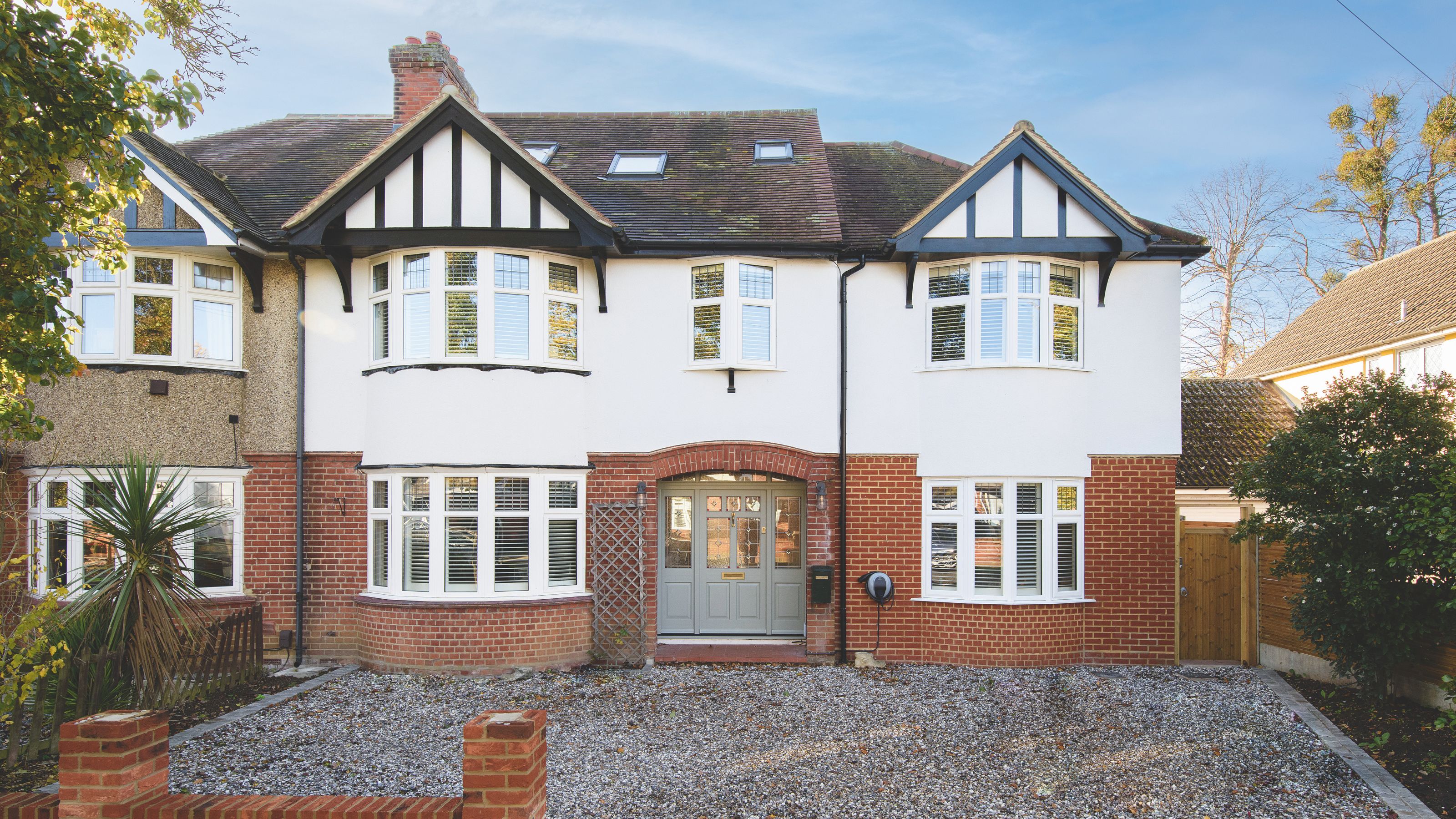

The roof is one of the most important parts of your home’s structure, which means it’s vital to keep on top of maintenance to ensure your property remains warm and dry. But even with effective maintenance, how often does a roof need replacing?
Undertaking a general assessment of your roof’s condition every six months or so will allow you to pick up any potential issues, from moss growth to loose tiles, as soon as they crop up. That way the problem can be dealt with promptly before it has the chance to evolve into a bigger issue that means you have to replace your roof entirely.
Here, we investigate how often roofs typically need replacing, the factors that will affect your roof’s lifespan and what you can do to extend it.
How often does a roof need replacing?
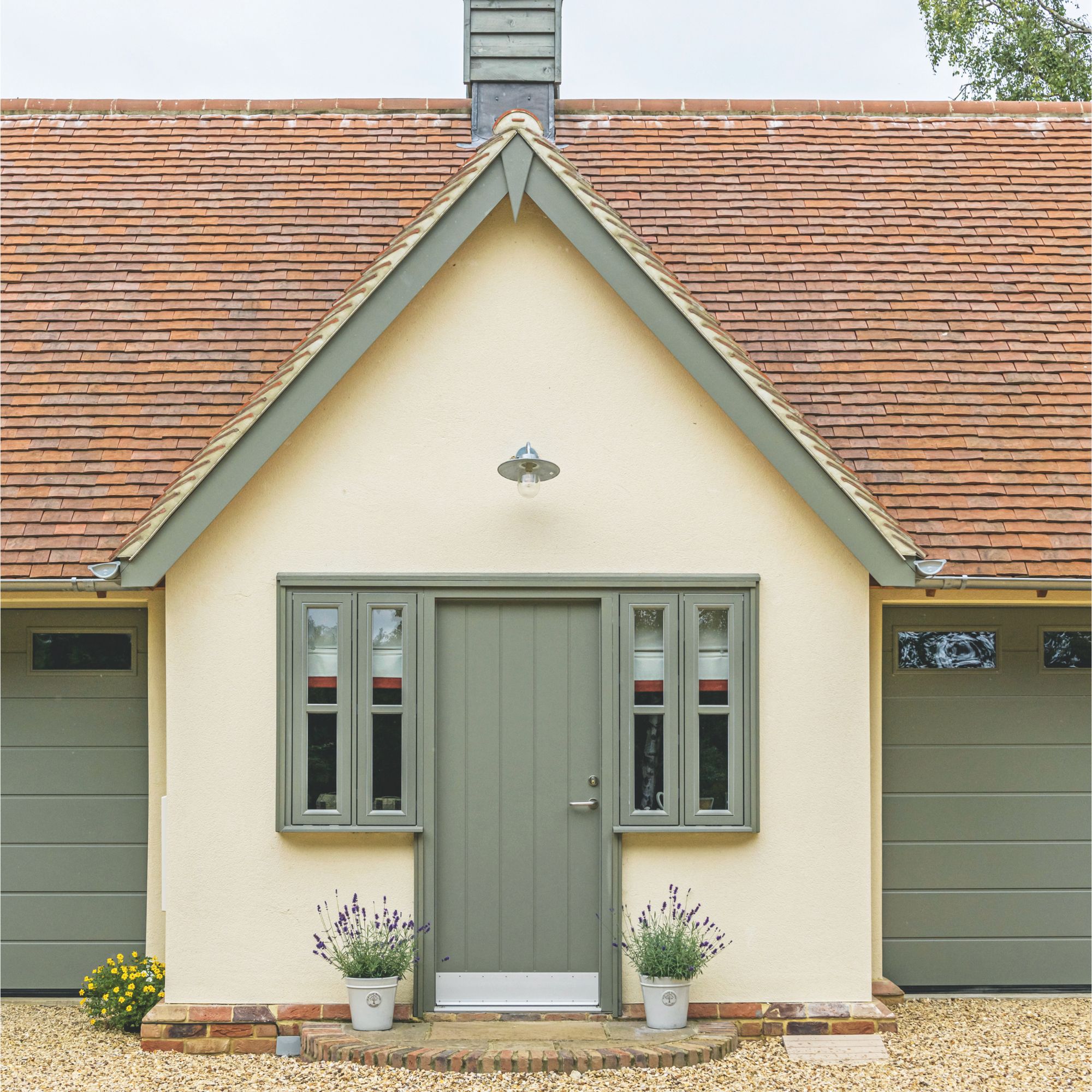
How often a roof needs replacing depends on the type of covering your roof has and how well it has been maintained over the years. If minor issues, such as a few loose tiles, are addressed as soon as they arise it can save you the hassle of fixing a bigger problem that’s been left to worsen over time.
For instance, if loose or damaged tiles are not replaced swiftly, the risk of water ingress increases. Eventually, this could cause serious problems with the supporting structure of the roof. Damage to the roof flashings at junctions across the roof could lead to leaks, too.
'To prolong an existing roof it’s advisable to undertake inspections regularly, to spot any potential defects early that could become a problem if not addressed,' says Johnny Lovett from Grangeway Partners.
'You can do things like cleaning gutters, checking for slipped tiles, inspecting for moss or water ingress and checking the hip and ridge tiles for any defective mortar,' advises Johnny. 'Small repairs can greatly extend the life expectancy of a roof.'
Sign up to our newsletter for style inspiration, real homes, project and garden advice and shopping know-how

Johnny has over 25 years’ experience in the construction industry as a project manager and quantity surveyor. He has lead the delivery of more than 100 high-end residential projects. His RICS-accredited background and hands-on experience with roofing systems across all architectural styles give him a clear, and practical, perspective on roofing durability, design, and maintenance.
How long should a roof last?
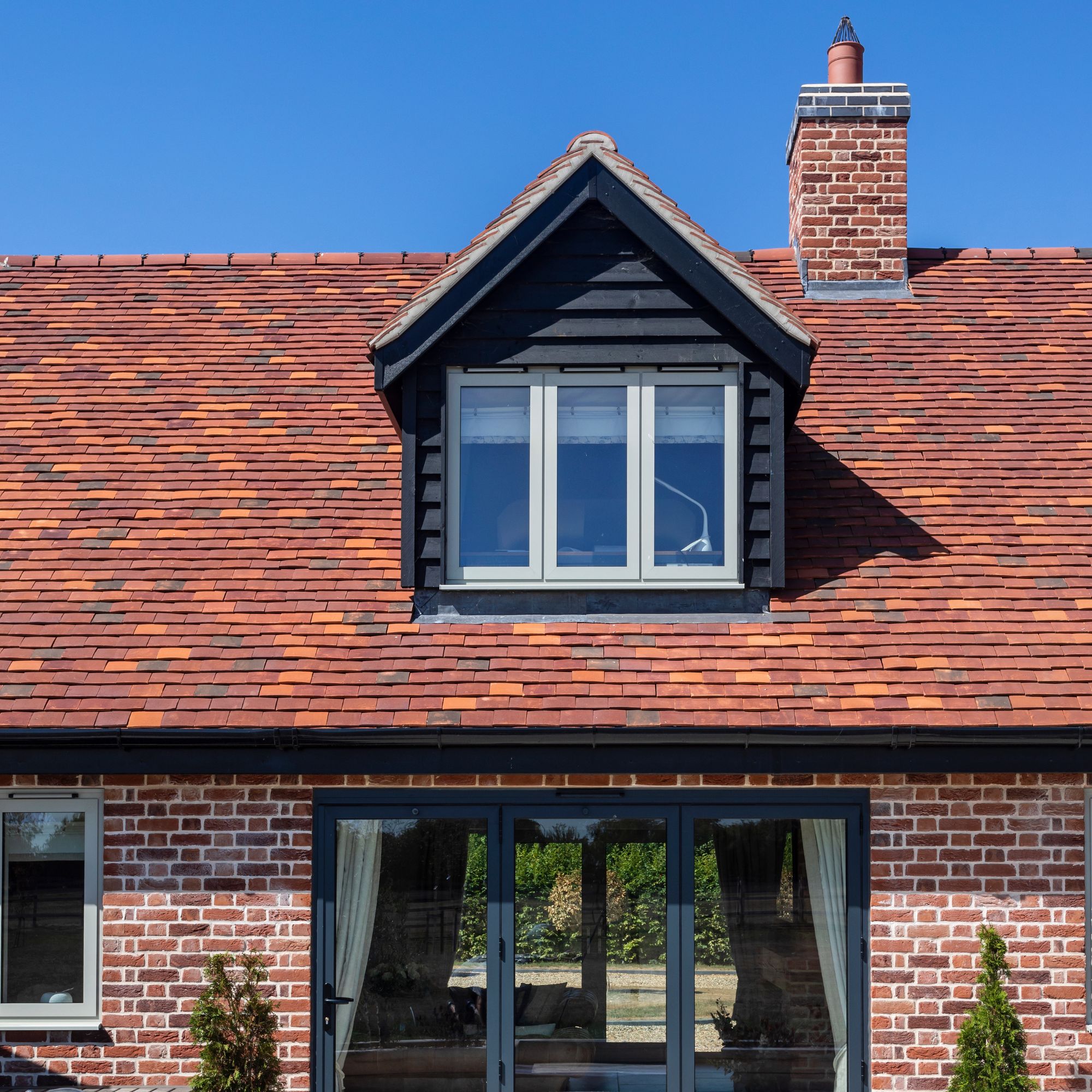
Of course, there are multiple factors that could affect your roof’s lifespan, from the quality of the material covering your roof to the prevalent weather conditions in your area. Even the presence of overhanging tree branches could cause damage to your roof.
A pitched roof with a slate covering has the potential to last well over 100 years – a covering comprising premium slate tiles could even last 150 years, providing it is well maintained. Clay tiles are likely to last in the region of 100 years, while concrete tiles should last a minimum of 30 years.
'If you have a flat roof, a bitumen felt covering will typically last about 20-25 years. Single ply membranes typically last around 25-40 years and an EDPM rubber roof can last 25 to 50 years,' says Johnny.
What factors affect the lifespan of a roof?
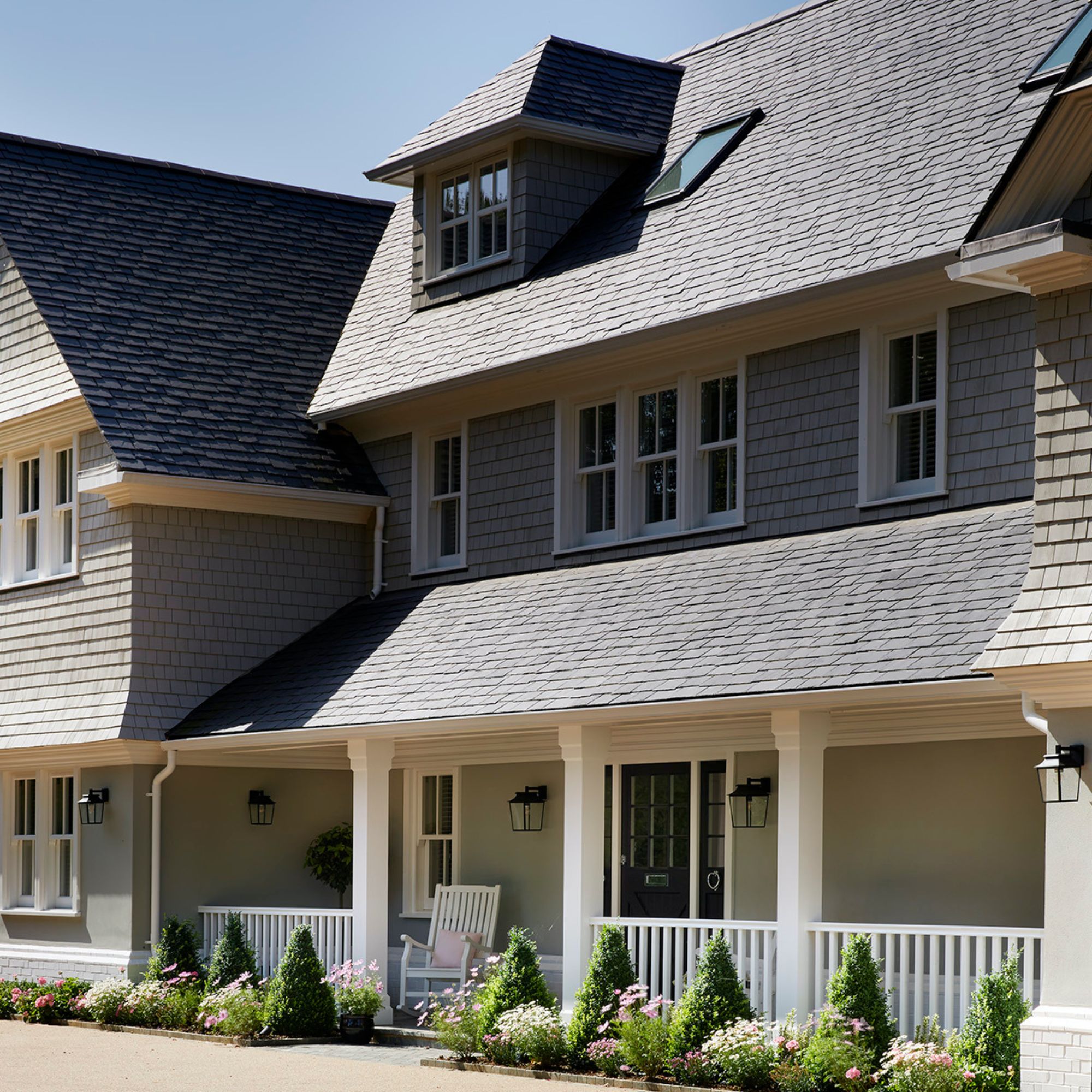
The quality of the finish you use plays a huge role in determining how long the roof covering should last. For instance, while there are various grades of roof slate on the market, thicker tiles made from high-quality slate will outlast thinner units.
Installation is another important aspect to consider, as a poorly fitted roof covering is more likely to encounter issues from the outset, ultimately leading to a shorter life span.
Building regulations also stipulate the importance of having a roof that’s well ventilated. Get this aspect wrong, and you run the risk of moisture getting trapped inside the building, which could lead to condensation and long-term damp issues.
'Ventilation is extremely important for all roofing materials; it will maintain your slates and tiles in good condition by drying sooner,' says Ben Fernandez Fontan from Galex – Iconic Slate. 'More importantly, it will also greatly prolong the life of the timber that the slate roof is installed upon – eaves and ridgeline venting is essential.'
Exposure to the elements is another important factor to consider. If you live in an exposed area with high winds or a coastal region, the weather conditions could cause more wear and tear on your property’s roof and increase the number of small repairs you’re required to carry out.
'Drainage is important, too,' says Johnny. 'Incorrect slopes and falls on a roof can lead to poorly draining water. Some pooling of water is allowable with certain materials, but it’s advisable to always install materials to manufacturer’s recommendations.'

Ben has 22 years of experience in carefully sourcing and supplying roofing merchants’ high-quality slate and clay roofing products, which have a proven track record in the UK as well as mainland Europe. Galex are exclusive importers of CS tiles from Portugal and Verea tiles from northern Spain, as well as Valdeleon roofing slates.
How do I know when I need to replace my roof?
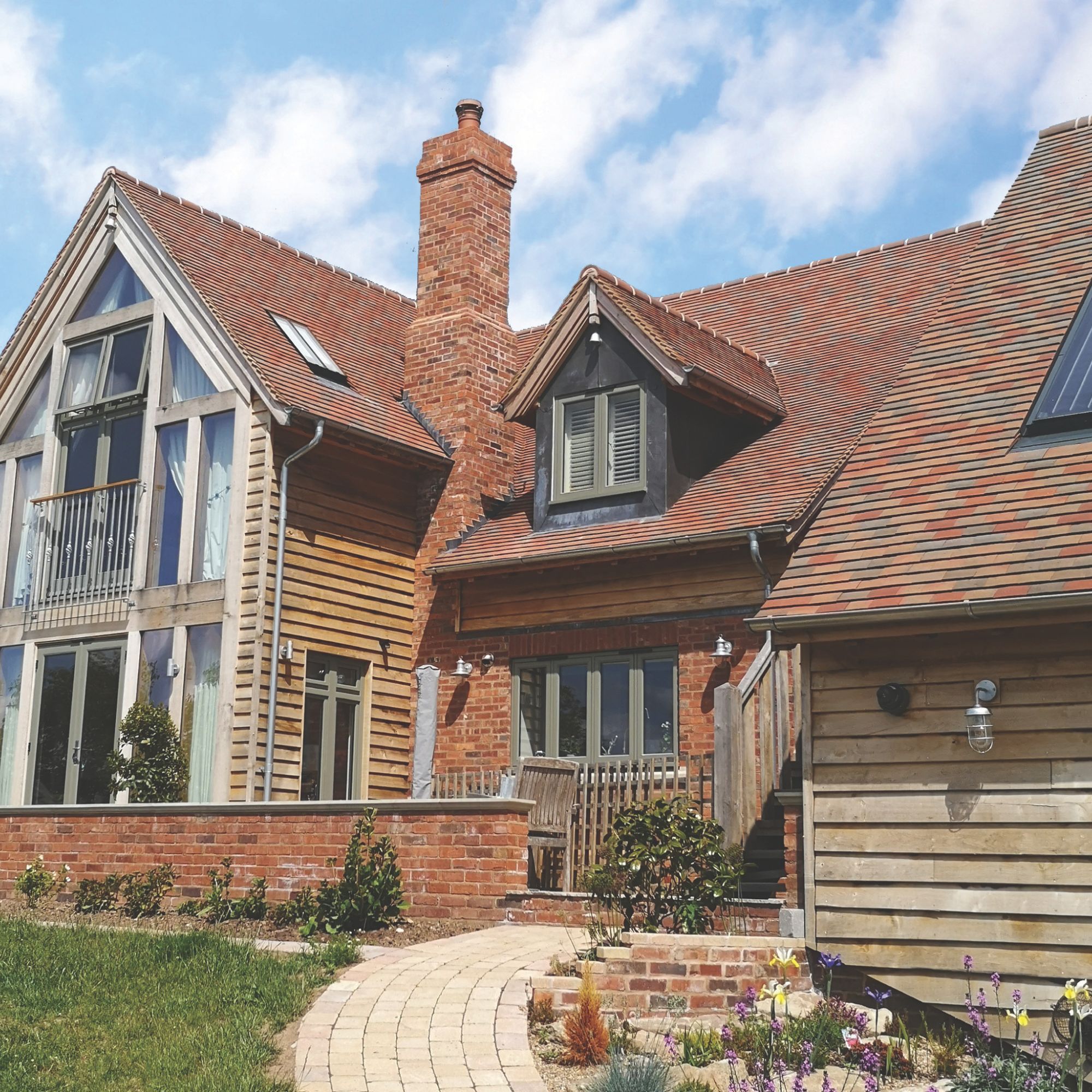
There are some obvious signs that’ll let you know when your home’s roof needs attention – leaking, internal water damage and missing tiles to name a few. Other potential issues might include failed mortar between ridge tiles or coping stones, sagging, missing tiles or flashing that’s either loose or damaged.
'The above don’t necessarily mean the roof needs replacing in its entirety, but they are signs to look out for,' says Johnny.
If you’re unsure about the scope of work that’s required, it’s worth seeking the advice of a professional to get a better idea of what the right course of action is.
If you notice that some of your tiles are loose, flaking or breaking off, it could be that they’ve come to the end of their useful life. If these issues only show up on a few tiles, replacing them individually might be sufficient. However, if it’s a significant number, it might be best to replace all of them, as a large number of defective tiles would cause the rest of the roof to fail within a few years anyway.

If you notice a curve in the roofline when viewing your property from the street, this might suggest that the timber rafters or trusses are no longer able to support the weight of the roof structure. Typically, failure of the supporting structure occurs as a result of water ingress due to poor upkeep.
It may be possible to remove the tiles from the affected area so you can reinforce or strengthen the timber beneath. However, depending on the severity of the situation you’re dealing with, it’s also possible that all the tiles might need to be removed – even if lots of them are still in good condition – so the overall structure can be repaired.
Unfortunately, you might even be required to deal with issues resulting from misguided work carried out on your roof before you even owned the house. For example, concrete tiles are often selected as a low-cost alternative to slate. However, they’re much heavier, so the roof structure should have been reinforced at the point of the tiles’ installation to cope with the additional load. If the right reinforcements were not put in, it’s possible the repair or replacement work will fall to you.
Bear in mind that building regulations approval is often required for roofing work. Current rules stipulate that when more than 25% of your home’s roof is being removed and replaced, you must also upgrade your insulation to meet the standards laid out by current government regulations.
When assessing the condition of your roof, it's worth checking for leaky gutters too so you can aim to get those repaired at the same time.

Rebecca Foster started her journalism career in Bangkok in 2013, where she worked on the in-house editorial team at a luxury homes magazine. Since then, Rebecca has contributed to numerous property and interiors titles in the UK and Southeast Asia. She re-located to London in 2015 to work at one of the country’s leading self-build and home renovation magazines. In 2017, she left her job to split her time between freelance journalism and teaching yoga.